There are more than 10,000 types of mold that grow indoors and outdoors, but indoor mold in your apartment or home could be a risk to your health. Though mold can sometimes be smelt or seen, it is not always obvious. It’s important to know about the types of mold and the different effects of each type so as to best protect yourself from the negative effects.
What is mold?
Mold is a fungal growth that spreads on damp or decaying surfaces. Sometimes referred to as mildew, mold can grow indoors and outdoors. Mold grows in places with excess moisture – it is often found indoors in places like bathrooms or kitchens. Mold reproduces by releasing tiny spores that travel through the air. When these spores land on wet or damp surfaces, they can lay new mold colonies. Certain molds are toxigenic, meaning they can release toxins. Exposure to mold can give people allergy-like symptoms, such as itchy skin, stuffy noses, or red eyes. Severe reactions include fever or shortness of breath.
Different types of mold
Molds are everywhere, but some types of molds are worse for your health than others.
Acremonium
Acremonium is a slow-growing mold that, when found outdoors, occurs in dead hay or rotting mushrooms. Indoors, this mold is commonly found in buildings with water damage or is associated with fiberglass, drain pans, window seals, or water from humidifiers. Human infections from Acremonium are uncommon, but unlike other molds, Acremonium can affect immunocompetent individuals and result in asthma or hay fever.
Alternaria
Alternaria mold is commonly found outside, so when it is found inside, it is usually because the concentration of Alternaria outdoors is high. This type of mold can produce large, brown, green, or gray spores that trigger allergies and asthma. Drywall, ceiling tiles, wood, carpet, wallpaper, textiles, window frames, and air conditioners can all be prime places for Alternaria mold to grow.
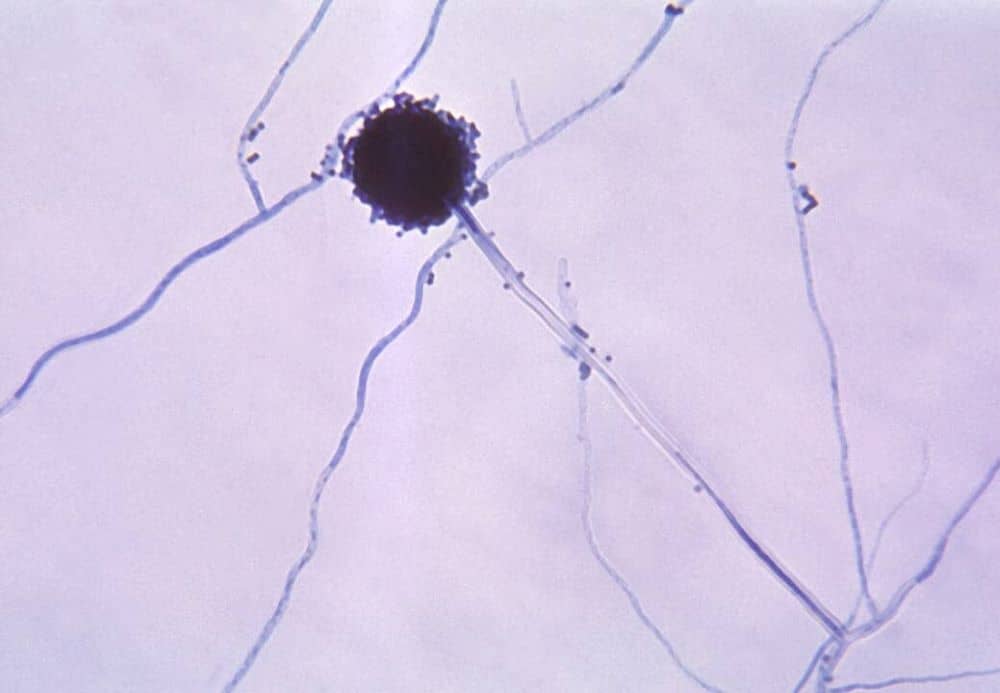
Aspergillus
Most people breathe in Aspergillus spores every day without getting sick. However, people with weak immune systems or lung disease are at higher risk of illness due to Aspergillus. Found on walls, ceilings, crawlspaces, or air conditioners, Aspergillus can be unavoidable in small amounts. This mold usually has a cotton or wool texture and is green in color.
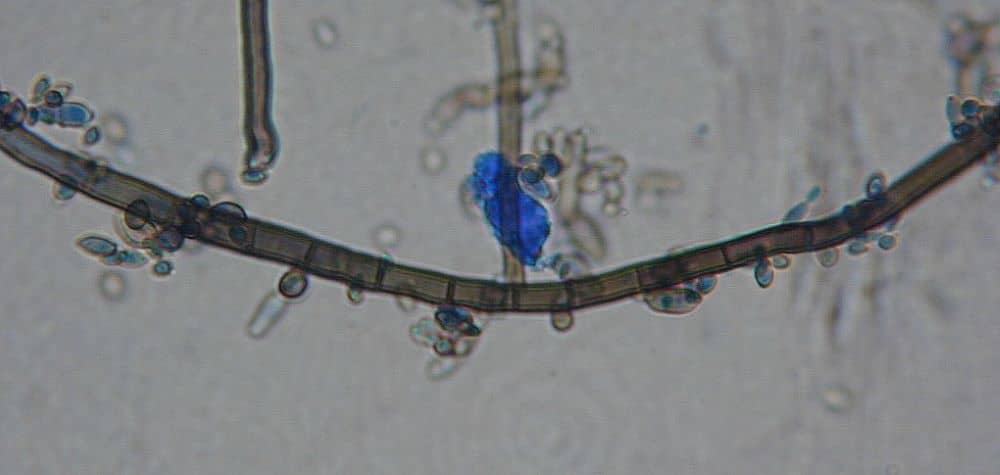
Aureobasidium
This mold ranges in color from green to black and is most commonly found in the grout or caulking of kitchens and bathrooms due to its need for high concentrations of water. When cleaning this mold, it is important to wear a mask and gloves to avoid allergen irritation.
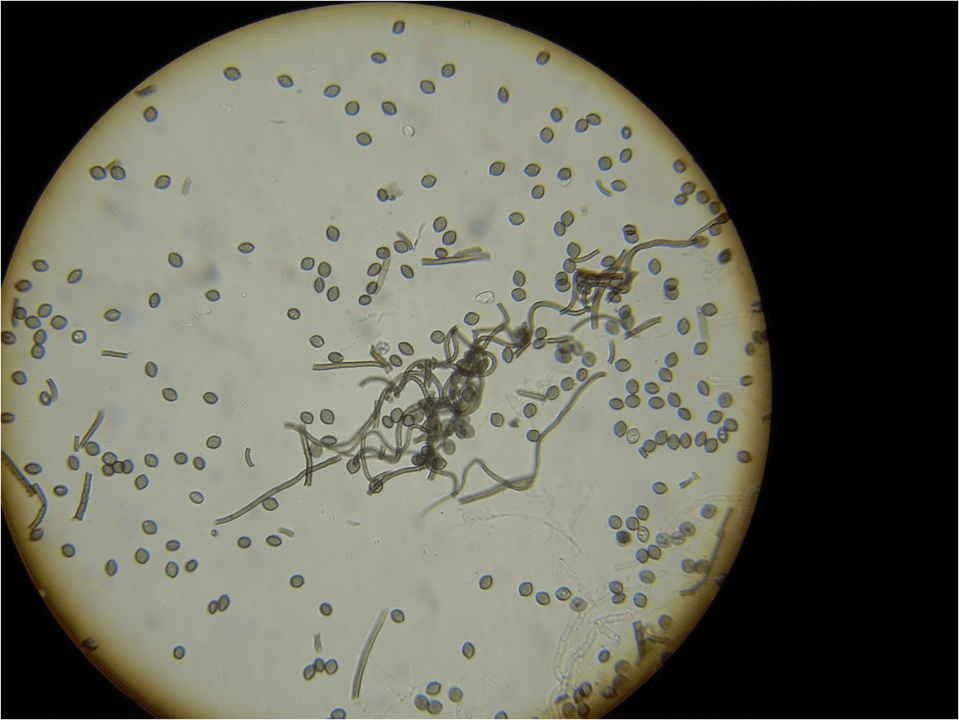
Chaetomium
Chaetomium is a common outdoor mold, and when found indoors, is prevalent on wallpaper, textiles, and construction materials. This mold can cause upper and lower respiratory tract problems, but no studies have found this mold to be deadly. Asthma, hay fever, and sinus issues are most commonly associated with this type of mold.
Cladosporium
This type of mold grows in areas lacking light or poor ventilation such as attics or basements. It is among the top three most common indoor molds and has an olive, black, brown, or gray appearance. In a study, 70% of U.S. homes tested positive for Cladosporium mold spores. This type of mold is allergenic and can cause sinus issues, nail, and eye infections.
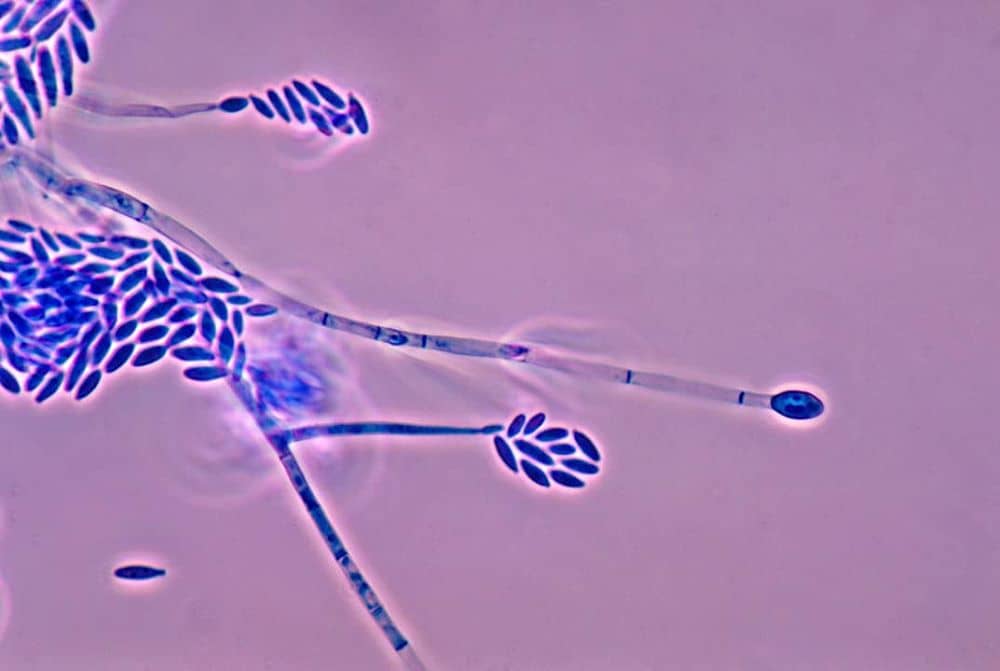
Fusarium
Most species of Fusarium are generally harmless but can cause skin irritation, allergies, or eye infections. Moldy food and indoor plants can commonly carry this mold, but it can also be found on drywall, wallpaper, or carpeting. While Fusarium is not particularly dangerous to humans, it can cause plants to rot and wilt.
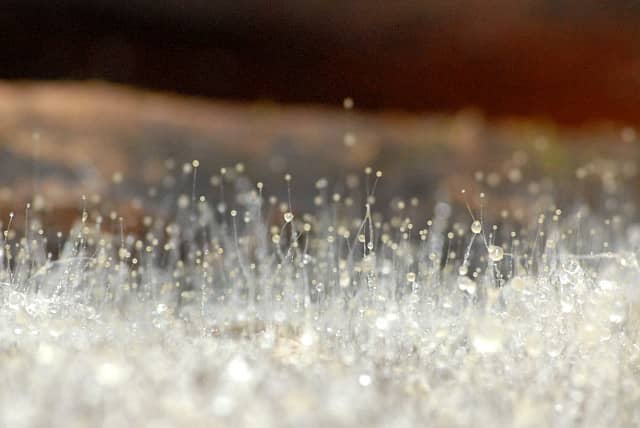
Mucor
Mucor mold is a common type of mold found in homes and other indoor environments. It is most often found in areas such as basements, bathrooms, kitchens, and areas affected by water leaks or flooding. Mucor mold can cause various issues, including structural damage to buildings and materials, as it feeds on organic matter such as wood, paper, and fabrics. Additionally, exposure to mucor mold spores can lead to respiratory problems, allergic reactions, and potentially severe health effects in individuals with weakened immune systems.
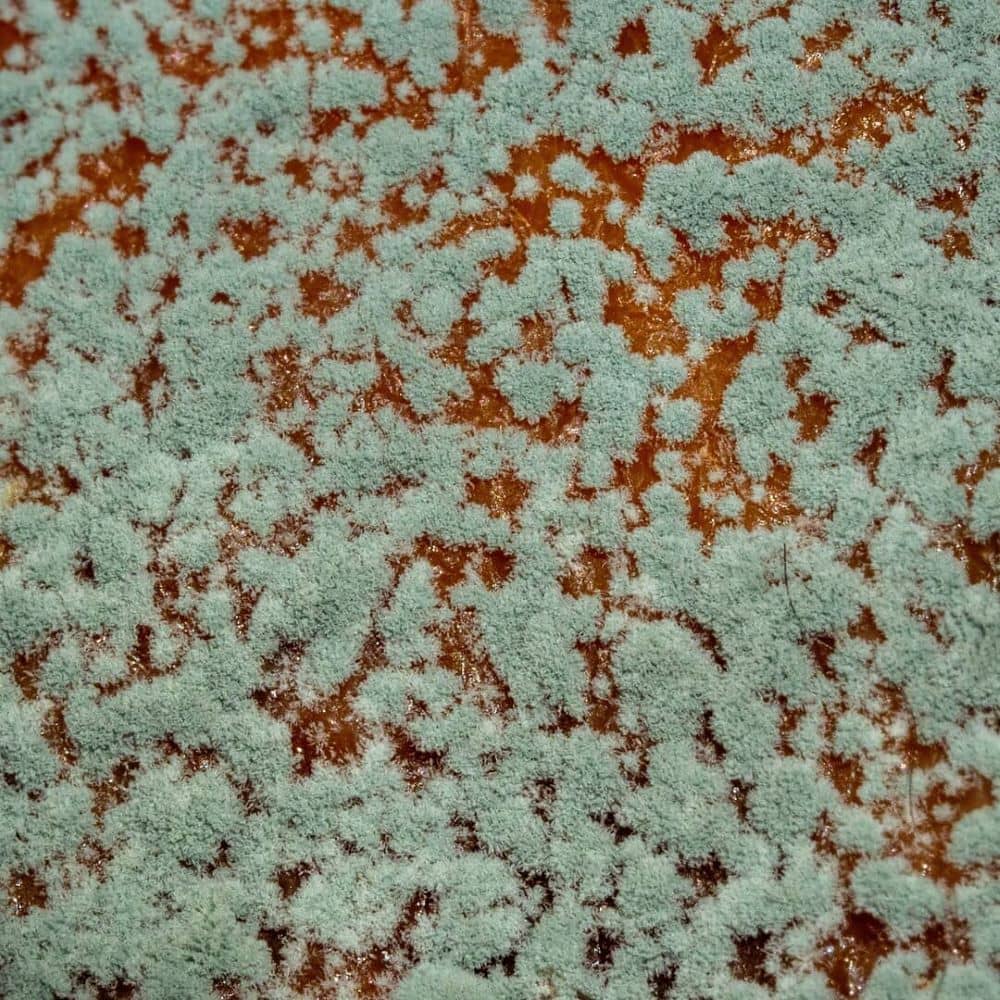
Penicillium
Penicillium mold is blue or green and appears in fuzzy patches. It is commonly found in basements and bathrooms and can cause respiratory issues, allergic reactions, and asthma symptoms. It can also damage building materials, furniture, and personal belongings.
Stachybotrys
Stachybotrys mold is commonly known as “black mold” and can be found when homes have experienced water damage. Flooding, leaky roofs/ceilings, and damp basements are all prime areas of growth. This mold has a black or dark greenish appearance and often appears slimy. Stachybotrys produces toxins that can cause health problems when inhaled or touched. Exposure can cause allergic reactions, coughing, and wheezing.
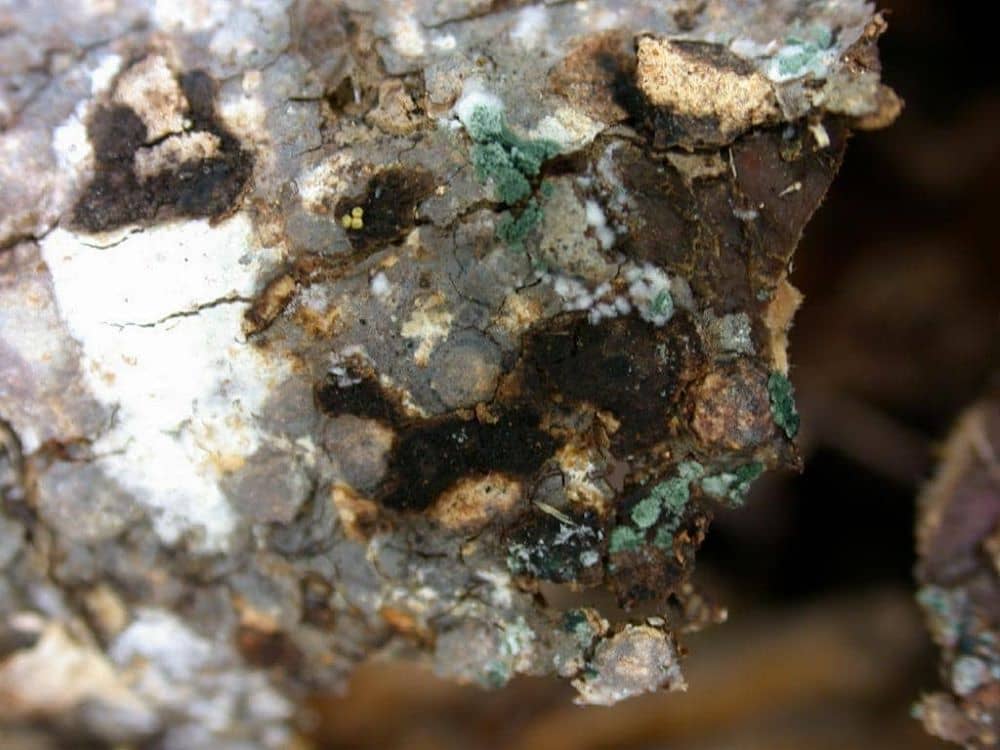
Trichoderma
Trichoderma appears in greenish or white patches with a fuzzy or cotton-like texture. While it is generally considered less harmful to human health than other molds, exposure to Trichoderma can still cause allergies and irritation in individuals with mold sensitivities or compromised immune systems.
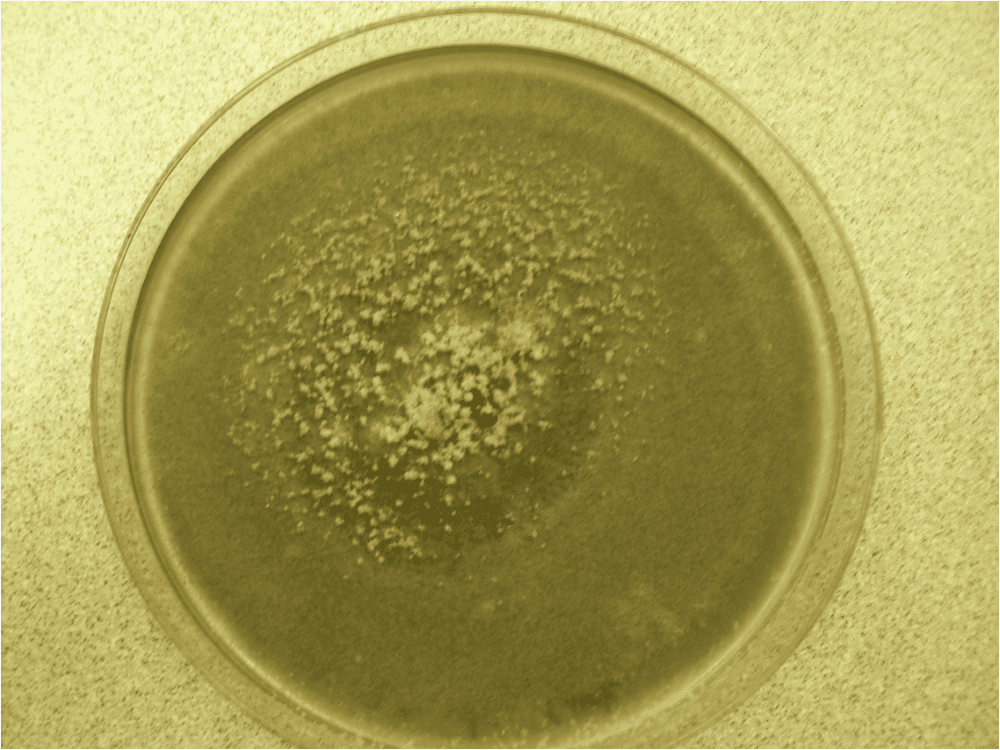
Ulocladium
Found commonly on painted surfaces, water-damaged items, and tapestries or textiles, Ulocladium mold appears as black or dark brown patches with a velvety texture. While it is generally considered a low-to-moderate risk, it can still cause health effects such as respiratory issues and allergic reactions and contribute to poor air quality.
How to protect yourself
The CDC recommends the following steps for protecting you and your home against mold growth:
- Controlling humidity levels
- Promptly fixing leaky roofs, windows, and pipes
- Thoroughly cleaning and drying after flooding
- Ventilating shower, laundry, and cooking areas
Mold is ubiquitous in outdoor and indoor environments, and exposure to mold can be inevitable. Yet in large quantities, mold exposure can cause negative health effects, especially for those with allergies or compromised immune systems. Though mold is found everywhere, rigorous cleaning (and the wearing of masks and gloves while doing so) can help prevent the health problems associated with mold. Mold can easily grow in bathrooms, basements, and any wet areas, so it is important to have a watchful eye in your home to prevent the negative health effects associated with mold.




